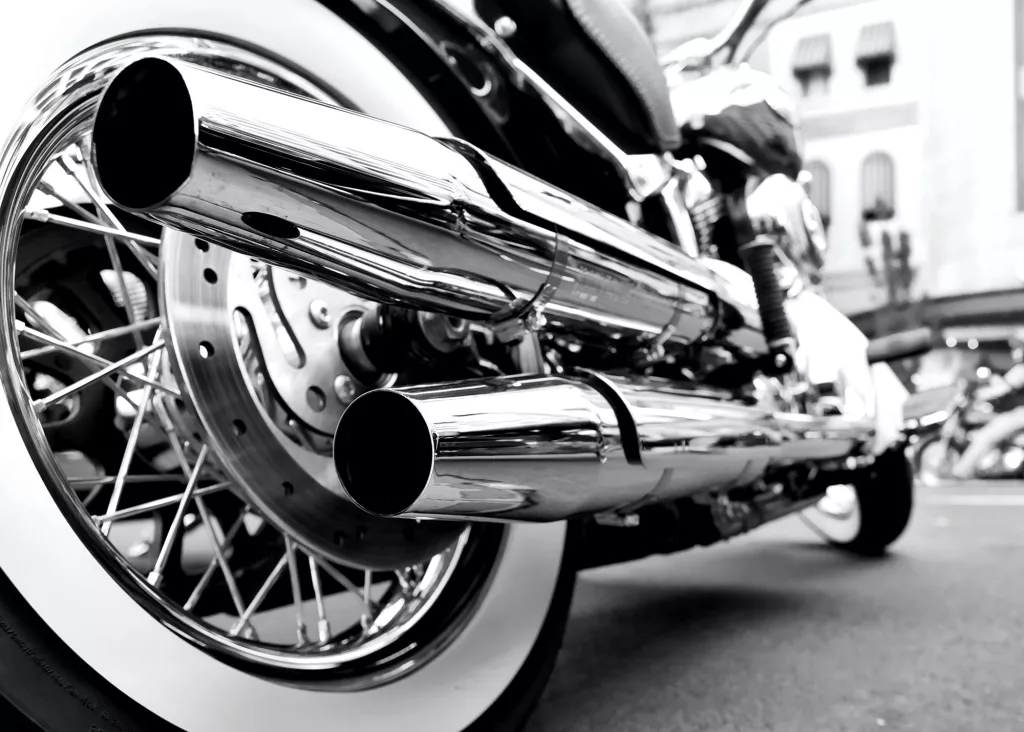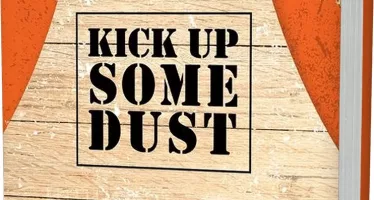Get Your Motor Running — and Dial the Time Machine Back a Few Decades to Find Perfection
When cool is king, you can’t beat two wheels — and the golden era of motorcycling conjured up some gems that are still with us, in spirit and in style.
If the motorcycle revolution started, as many contend, in the 1970s, where exactly was ground zero? The introduction of the Earth-shattering Honda CB750 four, or the Kawasaki Z1 that swiftly followed its tyre tracks?

Both share distinct silhouettes, typical of the 1970s and 1980s. In that alone, they are sensory delights, reverberations from a pivotal era that extend to the roar of engines uncompromised by EU and UK noise- and pollution controls — at least to the ear of the enthusiast. You can tell the bikers in a crowded room; they’re the ones who break away from what they’re doing and cock their heads as a bike blasts past outside, trying to deduce the make, or at least the engine layout.
We’re talking about a time that prized freedom and an air of rebellion, and bikes became cultural icons of that mood. They were engineering marvels of their time, from Harley-Davidson’s thumping Shovelhead models to the Japanese “rice rockets”, as they were disparagingly referred to by rednecks when they hit the international market.
The lasting charm of older bikes lies in their design as much as their engineering achievements — and their role in defining the temporal zeitgeist. They shaped popular culture via cinema, music, fashion, and social movements.
Let’s take a look at the models and brands that epitomised the age and have had an enduring influence on bikers — and the machines they ride in the 2020s.
A Golden Era
Motorcycles suddenly moved from transport options to icons of a burgeoning subculture. These were decades of radical experimentation.
For Europe, the UK and the US, the bikes that first struck a chord with the public were either American or British. Harley-Davidson, BSA, Royal Enfield and Triumph — all still going strong in 2023 — were the go-to marques.
But the Japanese had been quietly building a two-wheeled empire they were about to unleash. Honda, Yamaha, Suzuki, and Kawasaki — the “Big Four” —rocked the world with machines that didn’t just change the game; they started a whole new one.
The bike most credited for this revolution is the Honda CB750, introduced in 1969. It was the first “superbike”, with an overhead cam inline four engine, disk brakes, and electric start — rare for the day — as a standard feature. (Manufacturers wisely continued to fit manual kick-start levers to their bikes in these days, giving riders a fall-back option if the starter or battery died.)
In the 1980s, more changes were ushered-in — all of them exciting. This was the dawn of models like the Suzuki GSX-R series and Kawasaki Ninja, which brought near-racetrack performance to the road. This period may be notable for its tech advances, but progress was not always even. The engines, sometimes liquid-cooled by the ‘80s, were bursting at the seams with horsepower and torque. Unfortunately, the frames and brake systems often lagged performance.
The push for power might have made marketing sense, but it gave bikes a bad name. Some riders discovered, to their cost, that you can get too much of a good thing. Wobbles, weaves and other disasters could accompany high-speed thrust, and quickly take the fun out of ton-up blast.
Today, electronic rider aids — on top-range, high-power models, anyway — include lean-sensitive traction control, ABS, Bluetooth compatibility and navigation systems. The introduction of digital ignition and fuel injection systems marked a significant shift to electronic integration.
Motorcycles were gaining mainstream appeal, and the biker image evolved from “outsider” to emblem of enchanting possibilities. Each brand contributed to what we may as well continue to call the Golden Era. Harley-Davidson’s Evolution engine took over from the notoriously unreliable shovelhead; it was night and day in terms of reliability and performance. Honda stayed true to four-cylinder powerplants, from the little 350 onwards, and upwards. These engines were a clockmaker’s delight, smooth, grunty, and rugged. Kawasaki, Yamaha and Suzuki followed, with Kawasaki the rising star. Its Z1 was perfectly styled, perfectly named, and followed by the equally cool Z1000J.
BMW’s R series of boxer (horizontally opposed) twins won buyers over with their ability for trouble-free, long-distance touring. While Yamaha did enter shift to multicylinder engines, one of its twins — the XS650 — was once the one winning hearts. It has been described as “a Triumph that actually starts and runs” (British bikes were developing a bad reputation, back in the day). The vertical twin had the Brit-bike feel with Japanese precision. It also lent itself to customisation, as did Harleys. That was a niche to nurture — and modern twins from Royal Enfield, Triumph, born-again BSA and Norton feature styling that goes all the way back, tugging at the heartstrings and wallets of enthusiasts from the day.
The unexpected arrival of the GSX-R Series from Suzuki pumped up the performance stakes, in terms of horsepower and handling. Kawasaki’s GPz900 Ninja flew its own flag with pride, becoming synonymous with speed and agility.
Engineering Marvels and Innovations
The shift to liquid-cooled engines, electronic ignition and fuel injection were key moments in motorcycle engineering. There were also, thankfully, advances in frame design, braking and suspension systems to tame the power that was being unleashed. A focus on aerodynamics and rider-centric designs led to more comfortable and efficient machines.
Modern motorcycles stand on the foundational technologies of the ‘70s and ‘80s. The integration of digital technology is just the most recent frontier to be breached.
The Collector Scene
Old bikes are having a moment. What was once a cheap banger is now an “appreciating classic”. The lure of big money has attracted enthusiasts of another stripe.
Restoration combines mechanical skill and historical appreciation; do it right, with the right model, and you’re onto a good thing. An original, good condition Z1 can easily fetch a five-figure sum. Shows and club events provide platforms for showcasing these vintage machines — as do auction halls. Lucky restorers, originally keen only to preserve a piece of motoring history, have come some into staggering windfalls.
Where to Now?
Today’s designs pay homage to their predecessors with BMW R9Ts, Triumph Bonnevilles, Speed Twins and Thruxtons and Enfield Interceptors blending modern tech and production standards with classic aesthetics. Ducati, Benelli, and even Kawasaki offer “period piece” models with all the perks of modern engineering.
The motorcycles of the ‘70s and ‘80s live on, literally in the case of cherished older bikes, and figuratively in the seeds sown by their ancestors. Classic DNA has proven enduring. Yes, there are new performance and safety benchmarks — some bikes now churn out over 200 horsepower, and have a power-to-weight ratio of 1bhp:1kg. That’s F-1 territory. Does anyone really need that?
Probably not, and the future of motorcycling is all the better for that realisation. Rebellion? Sure, there’s still a touch of that. But outsider or outlaw status is no longer the price of entry.
For most, cool still is. The Golden Era bikes have that in spades.
You may have an interest in also reading…
Meet the Enigmatic Genius Who Changed Chess Forever
Few names in the classic game’s history shine as brightly as Bobby Fischer’s. From child prodigy to grandmaster, Bobby Fischer
Think Big and Buckle-Up for a Fast-Paced, Pithy Memoir
Book Review: Kick Up Some Dust by Bernie Marcus The life and times of entrepreneur Bernie Marcus, and the message
All the World is But a Console, and Gaming Sector is Thriving
The at-home entertainment industry has thrived as enforced isolation and diminished human contact have drawn more people into gaming. Steam,



















































































